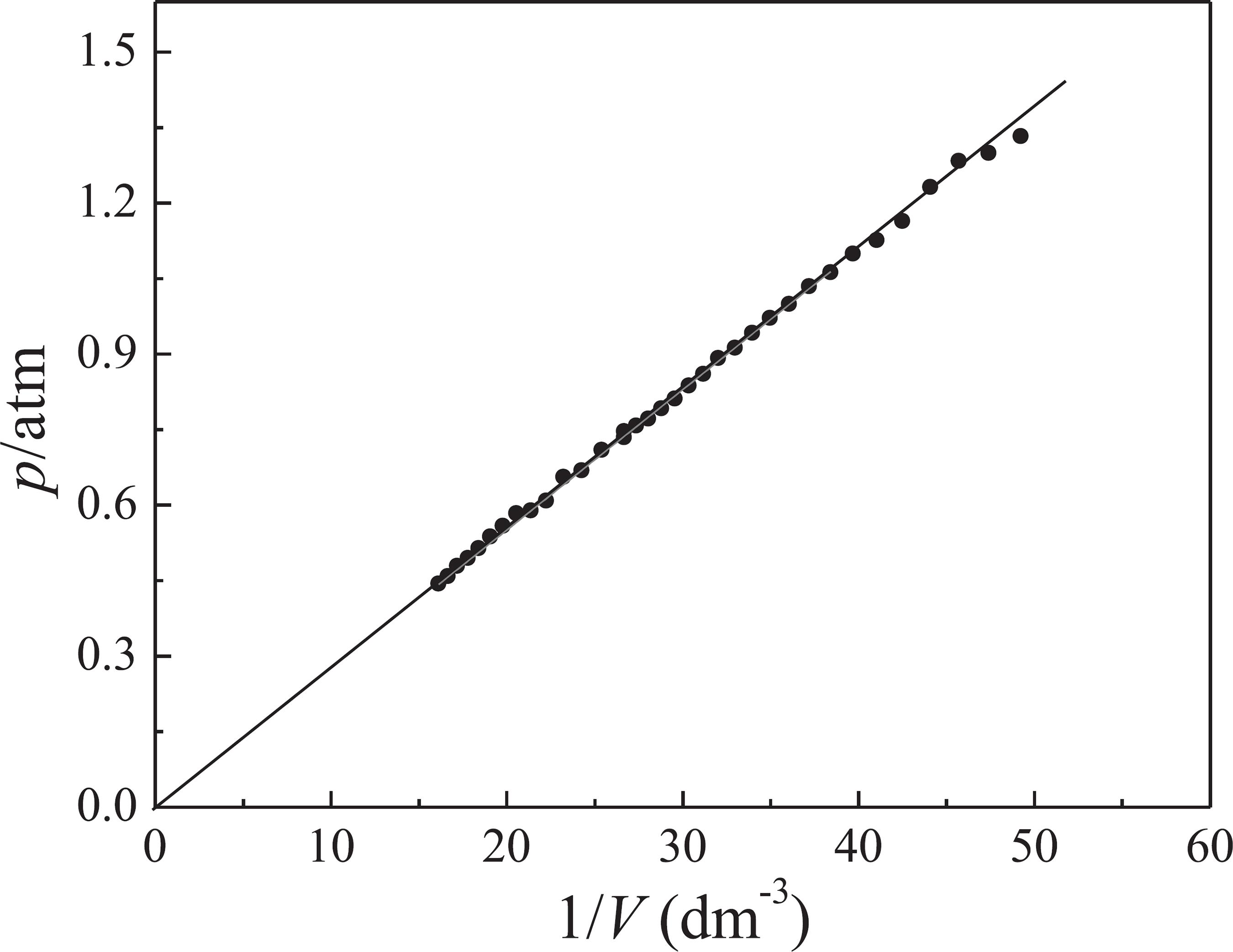

He learned that, after about seven miles (11 kilometers), the air stopped becoming cooler and leveled off for as high as the balloons could go. Who figured out that temperatures rise in the stratosphere? Pioneering French meteorologist Léon Philippe Teisserenc de Bort (1855-1913) conducted an experiment using helium balloons and temperature sensors.Two of these equations are briefly discussed in the next section. Under conditions of high density, however, the description may not be adequate, and empirical equations of state that work better under these conditions have been developed. The ideal gas equation provides a fairly good description of the behavior of many gases over a range of conditions. Examples of applications of the ideal gas law, as it is also called, are given in later chapters. P, V, and Tare called state variables, and because they are related by the equation of state, the specification of any two of the variables immediately fixes the value of the third variable. The ideal gas equation of state, expressed in Equation 1.1, is extremely useful in considering processes in which gases are involved. Extrapolation from the high-temperature, low-density region, where gases obey the ideal gas equation of state, shows what would happen at much lower temperatures if the gas were to remain ideal. This is because real gases have interactions between particles, which lead to departures from ideal gas behavior. This is of fundamental significance.Īs the temperature is lowered, gases normally liquefy, and most solidify at temperatures much higher than 0 K. We can therefore view the absolute zero of temperature as the temperature at which the energy of particles in the system is effectively zero. Zero pressure implies that the particles of the gas have zero kinetic energy at О К and do not exchange momentum with the walls of the container. The low-temperature portion of the graph, where gases in general liquefy as a result of intermolecular forces, is in practice obtained by extrapolation from higher temperatures.įrom Equation l.l, it follows that the temperature T= OK corresponds to a pressure P = 0 Pa. Figure 1.1 shows a schematic drawing of a triple-point cell.įIGURE 1.3 Calculated pressure variation with temperature for a constant mass of an ideal gas (lCP'mol) kept at constant volume (10" ,m 3). Degrees Celsius are obtained by dividing the range between the triple point and the steam point into 100°. The lower reference point is at 0☌, which corresponds to the triple point of water, the point at which water, ice, and water vapor coexist, and the higher reference point at 100☌, which corresponds to the steam point, where water and steam coexist at a pressure of 1 atm. For reasons that become clear below, we consider the Celsius scale, which chooses two fixed reference temperatures. Commonly used scales are the Fahrenheit and Celsius scales. For everyday purposes, various empirical scales have been established. The constant volume gas thermometer has a more fundamental significance as explained in Section 1.3.

Most of the thermometers listed above are secondary thermometers that are calibrated against agreed standards. Vapor pressure and paramagnet thermometers for special purposes particularly at low temperatures.Electrical resistance thermometers, which use the variation of the resistance of a metal, such as platinum, or of a doped semiconductor, such as GaAs, to obtain temperature.Liquid in glass thermometers, which use the volume of a liquid, such as mercury or alcohol, contained in a reservoir attached to a capillary tube with a calibrated scale.Constant volume gas thermometers, which make use of the pressure of a fixed quantity of gas maintained at a constant volume as an indicator.Practical examples of thermometers for temperature measurement include the following: The concept of temperature has evolved from man’s experience of hot and cold conditions with temperature scales devised on the basis of changes in the physical properties of substances that depend on temperature.


 0 kommentar(er)
0 kommentar(er)
